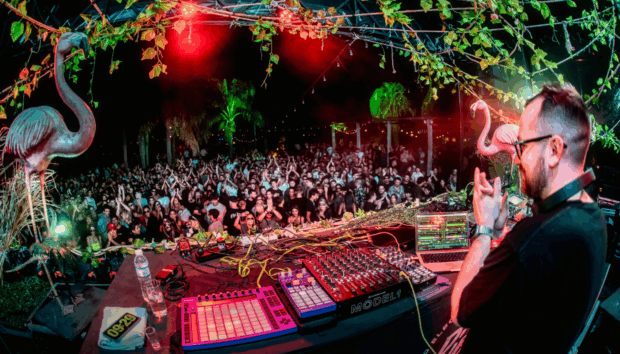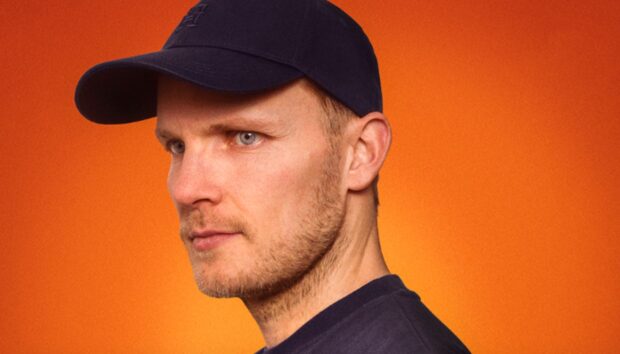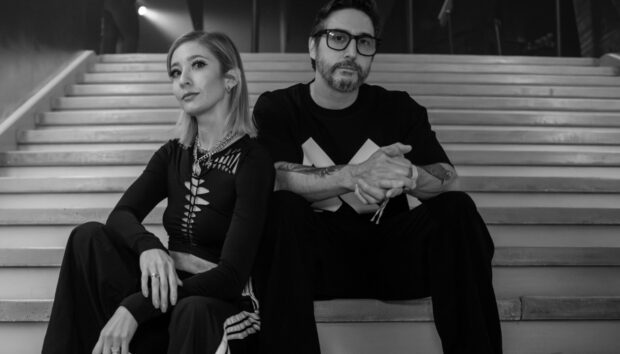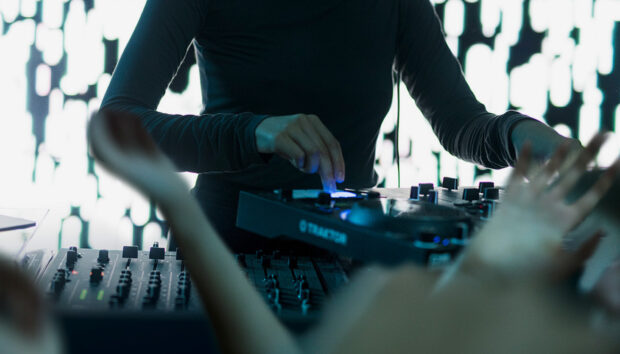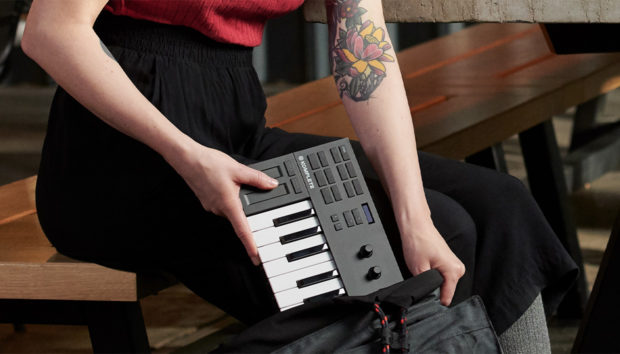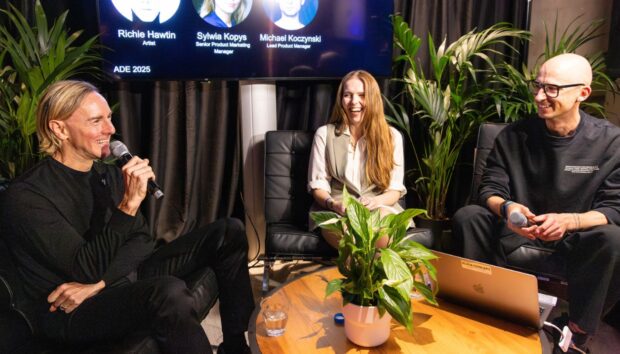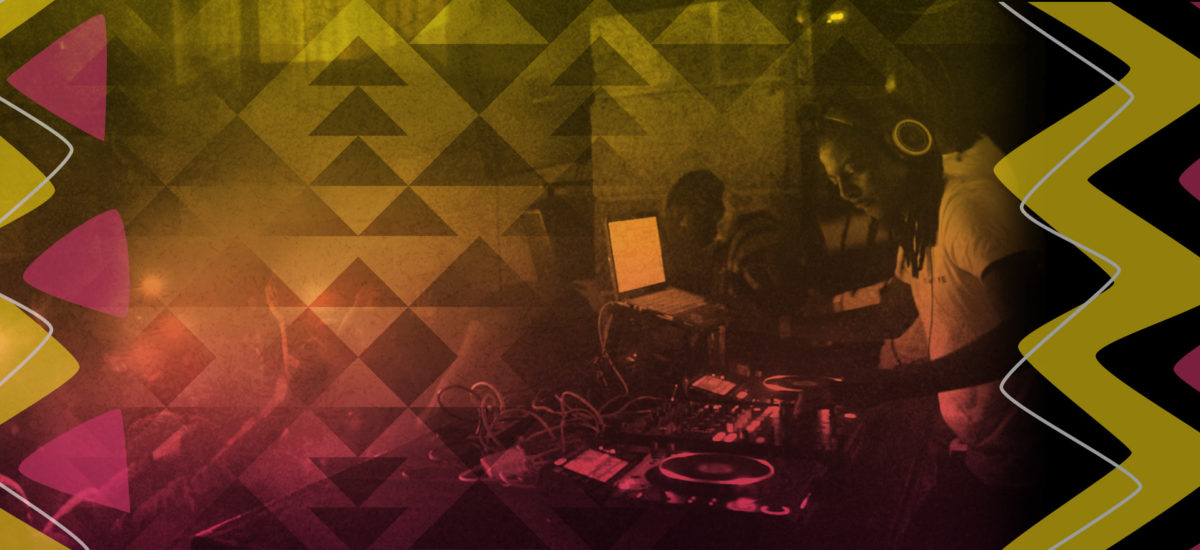
I have to admit I was a little confused when a bunch of Nubian kids in southern Egypt asked me to put on Justin Bieber.
I was hanging out at a cafe in a village near the provincial city of Aswan, located on the banks of the Nile in a region that’s closer to the border with Sudan than to the predominantly Arab metropolis of Cairo. The spacious place had a beachy vibe, with big benches facing a TV and sand covering the floor. Teenagers in Adidas hoodies and flashy baseball caps were playing backgammon and smoking hookah. I started chatting with them, and soon enough we were putting on an impromptu dance party, pulling away the benches and turning down the lights while I played songs off my iPhone over the speakers.
“Justin Bieber!” they yelled at one point. I’d never guessed that the Canadian star would have so much allure in this corner of the globe — but it made sense once I put on the 2015 hit “Sorry.” Anchored by a dancehall-style dembow riddim and building in intensity with resonant synths that curiously resemble a West African balafon, the song’s Skrillex-produced beat draws straight from the Afro-Caribbean tradition, and without hesitation these Nubian teens dropped into a series of well-practiced dance routines.
African music has long been a key part of global popular sounds. The influence dates back hundreds of years ago to the transatlantic slave trade, when captives from West and Central Africa brought languages, songs, and rhythms with them across the ocean to port cities in the Americas. There they would eventually evolve into genres like Cuban son, Brazilian samba, and the calypso of Trinidad and Tobago; these genres would then make it back to the African continent in the mid 20th century, via international radio broadcasts and the importation of Western musical instruments and vinyl records. As African countries were pushing towards independence from European colonial powers, a rising generation of musicians in countries like Ghana, Nigeria, and the Congo embraced what they heard and combined it with local folk songs and beats to create sounds that reflected their modern experiences.
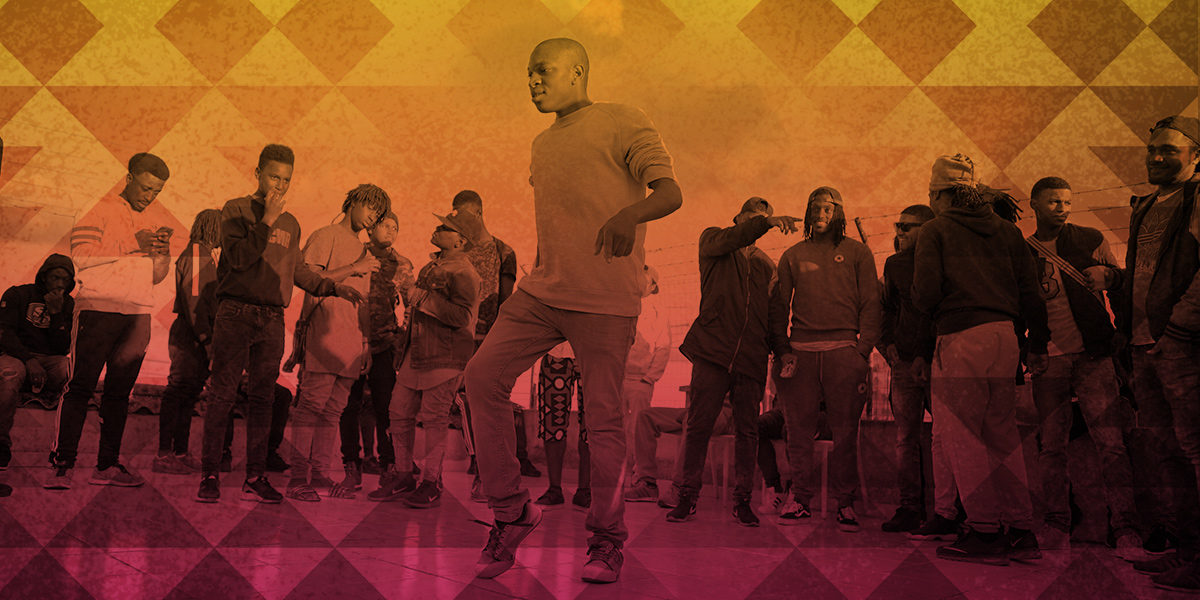
Since then African artists have made a consistent impact on international pop charts and in recording studios. The “world beat” and “world music” sounds of the 1980s and 1990s found major Afropop stars gaining global renown, sometimes under the patronage of Western hit-makers like Paul Simon and Peter Gabriel. And today dance-music genres like Nigerian afrobeats and South African gqom have spread across the continent and into Europe and the United States — enabled in large part thanks to the rise of music production software like FL Studio and the popularity of production tools like AutoTune, which make it that much easier (and more fun) to produce professional, dancefloor-ready tracks in one’s bedroom.
African artists have perhaps their highest profile ever in global dance music, hip-hop, and pop. Several Nigerian afrobeats stars have signed to major record labels in recent years, and Billboard reported recently that California-based music giant Universal Music Group has acquired a 70-percent stake in the Kenyan label AI Records. In July, London producer Kode9’s tastemaking label Hyperdub will release Closer Apart, an album by gqom producer Okzharp and fellow South African singer Manthe Ribane. Recently the New York Times ran a front-page feature in the Arts Section on Nídia Borges, whose dissonant riffs and fiercely unique electronic beats draw from the music of former Portuguese African colonies like Cape Verde and Angola.
Of course it’s ridiculous to make generalizations about this enormous and diverse continent, home to 54 countries and 1.2 billion people. But the impact of popular genres like afrobeats is undeniable. Just listen to the way Nicki Minaj and Ariana Grande’s new song “Bed” swaps a typical four-to-the-floor beat in favor of a syncopated, snare- and shaker-driven rhythm that’s similar to what you’d hear from a Nigerian artist like Wizkid or Davido.
The landscape of global pop has changed a lot since the “world music” days of the 1980s and 1990s. While the biggest African stars often still depend on US and European markets and the endorsement of Western stars to boost their international acclaim — Drake’s collaborations with Wizkid on the songs “One Dance” and “Come Closer” helped introduce the Nigerian singer to an American audience — the mechanics of composition, distribution, collaboration and appropriation are much simpler now, thanks to digital technology and the internet.
As ethnomusicologist Steven Feld once pointed out in his thoughtful essay Notes on World Beat, Paul Simon had to flex his privilege to the nth degree to make his South African-influenced 1986 album Graceland, flaunting a cultural boycott against the country’s apartheid government and paying South African artists like Ray Phiri and Ladysmith Black Mambazo triple the union rates of New York’s top session players in an effort to have them provide the sound to what would become the chart-topping hits “You Can Call Me Al” and “Diamonds on the Soles of Her Shoes.” But today it doesn’t take nearly as much effort for a track made on a computer by an artist in Lagos or Durban to gain exposure and find common ground between fans and producers in Atlanta or London.
In communities across the world, DAWs and software instruments have become perhaps the most affordable and obvious route to make music. Even in mega-cities like Lagos, Cairo, and Nairobi, where government dysfunction, crumbling infrastructure, and a lack of basic resources put a strain on daily life, internet access and smartphones are common enough that people can connect with global culture and build bridges between international music scenes. (Native Instruments recently partnered with electronic music makers across East Africa in a yearlong initiative; read more about those projects here.) The WIFI connection may no doubt be unreliable, and in some places you might even need a generator to sustain the electricity in your house. But if you have access to a desktop computer, then the colorful, grid-based interface of a DAW will provide a readymade structure for composition, and a virtually endless series of possibilities for sampling, beat-making, and dancefloor invention.
This tension between dystopian anxiety and technological possibility shows through in the hypnotic triplet rhythms, jarring synths, and mutated samples of batida — fierce dance music which took root in the neglected African immigrant bairros of Lisbon, Portugal, where artists like DJ Marfox and his peers on the Príncipe label are breaking new ground with their MASCHINE-made beats. You can also hear these tensions in the spooky, skeletal club music of gqom, which originated in the coastal city of Durban in South Africa. Gqom trio Rudeboyz hit on the sentiment of the sound on their 2015 track “Get Down,” opening an eerie vortex on the dancefloor with a stuttering heart palpitation of a beat, thumping kick drums augmented by doom-laden handclaps, synth stabs, and clipped vocal samples.
European and American producers have picked up on these undertones: On Kode9’s 2015 track “Zero Work,” he veers away from his dubstep origins and delves into the murky logic of a Rudeboyz-inspired gqom sound. Percussion loops spiral through endless intricacies only to eventually circle back to where they started, while punctuations of groans and grunts anchor the track with a rough bluntness.
You might say tracks like these provide dancefloor catharsis for a crumbling, post-industrial age, where easy access to technology comes face to face with dwindling natural resources and political instability. But it’s not all doomsday on the dancefloor. Nigerian afrobeats — not to be mistaken with Fela Kuti’s Afrobeat sound, which originated in the 1970s and 1980s — has risen up in the past seven years to become one of the world’s most effortless and breezy pop genres. One of the best-known names of the sound, Davido, writes songs full of lyrics mixing Yoruba, pidgin English, and American slang, along with references to West African dances like alkayida and shoki, Auto-Tuned vocals, Nigerian rhythms, and hip-hop beats.
Like all great pop music, afrobeats is unmistakably local but also universal in nature, and the songs’ love- and club-oriented themes and glossy production qualities also help the style blend nicely with sounds like Atlanta trap. That much is clear in Davido’s 2017 single “Pere“, an ambitious team-up between himself and Atlanta rappers Young Thug and Rae Sremmurd, with West Coast producer DJ Mustard providing the beat. Though rappers and afrobeats stars have teamed up before, this might be the most natural collaborations yet — Davido’s bright, melodious hooks sail effortlessly over Mustard’s trademark, trunk-rattling kick drums and finger snaps, creating a club jam fit for a summer night on either coast.
As with all forms of global cultural exchange, there will always be power dynamics and inequalities to consider, particularly as Western mega-stars look to the African continent for inspiration. But the democratization of digital-music tools also means that African musicians have more opportunities to be heard around the world than ever before. Maybe one day the Nubian teenagers I met at the cafe in southern Egypt will be dancing to a chart-topping international pop hit recorded not by an artist like Bieber, but by a fellow Nubian. If so, I wouldn’t be surprised if that song gets its start on one of their friends’ computers, like so much great music does nowadays.
GLOBAL SHAKE – the latest Expansion by Native Instruments – captures the sound of contemporary African club music and beyond in an explosive sound pack for use in any DAW.








